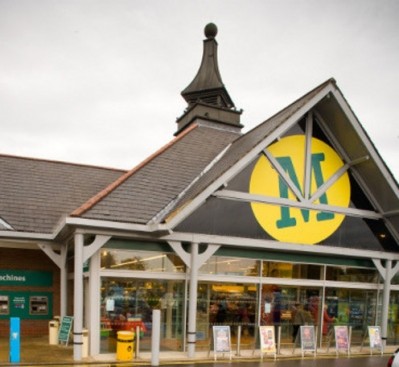Omni-channel lifts supermarkets’ sales by up to 20%

This figure, which demonstrates a competitive advantage for those adopting omni-channel, represents double the number of major retailers that reported a similar increase last year, it was claimed in the report titled: ‘The Omni-channel Dilemma’, from LCP Consulting.
Omni-channel is a term used to describe a seamless customer sales experience, regardless of the shopping channel through which goods are purchased – mobile internet devices, computers, stores, television, catalogue, etc.
However, the research also showed that over one-third (37%) of UK retailers had experienced an increase in complaints over the year as customer expectations outpaced retail capability to fulfil orders. The authors attributed this problem to a focus on the front end of the supply chain, without having a back end to match.
The study revealed significant risks for retailers that were not building fully integrated omni-channel business models.
Food and beverage sales uplift
While the report covers food as wells as non-food retailing, the analyst behind the study confirmed that the sales uplift for food and beverage as a result of adopting an omni-channel were very similar to those for non-food retailing. Delivery complaints also followed the same pattern.
Stuart Higgins, a retail partner at LCP Consulting, said: “Across the retail spectrum – including grocery – it’s no longer a case of simply aiming to deliver an acceptable service through existing infrastructure. This leaves grocers facing the challenge of managing customer expectations across multiple sales channels with the need to ensure that their back-end infrastructure can meet promises implied by front-end capability. And, if they fail to match these heightened customer expectations, they risk footfall lost to those competitors that do.”
The report includes interviews with a panel, consisting of four UK-based retail experts: Graham Barnes, supply director for Argos, David Wild, ceo for Domino’s Pizza Group, Dino Rocos, operations director for the John Lewis Partnership and Neil Ashworth, ceo of Collect+.
“I’m seeing some retailers who are building organically on their current model and I am flabbergasted because it is self-evident that three, four, five years down the line that that’s not going to be the right model,” said Rocos. “They should be pausing, evaluating where they are investing, and then investing in the model that is appropriate for the longer term.”
Higgins added: “Retailers may attract customers by managing the front end, but that is only half the story. How likely will they be to return when the experience doesn’t match the promise?”
‘Planning for failure’
Wild added: “If retailers take the view that they’ll fix the back end later, they’re intrinsically planning for failure. They’re saying that online will be a minority part of their business and therefore doesn’t need an efficient suite of back-end systems.”
The LCP research identified the need for retailers to understand where they sat in the marketplace, what they should focus on and the best model for them to adopt.
“First, grocers need to understand where they sit in the marketplace, and the model that is right for them,” said Higgins. “They must then ensure that they match front-end brand promises to back-end fulfilment capability and they must ensure that their overall customer offer keeps pace with growing customer expectations of fulfilment in the sector.
“Nowhere is this more evident than where grocery click and collect operations are provided at the end of commuter routes – where a failure to deliver today’s shop leaves the customer without an evening meal. And, a hungry customer will not be a happy one.”
The report concluded that a true omni-channel strategy could offer significant benefits for retailers, but it was not the only solution. For some businesses, a multi-channel approach could deliver results without the disruption associated with omni-channel transformation.
Phil Streatfield, another retail partner at LCP Consulting, concluded: “When multi-channel retailing emerged 15 years ago the emphasis was on home delivery, access to broad range and speed of response. Today’s omni-channel retailers are taking advantage of both their bricks and mortar infrastructure and multiple channel access for customers to provide truly differentiated service propositions.”















